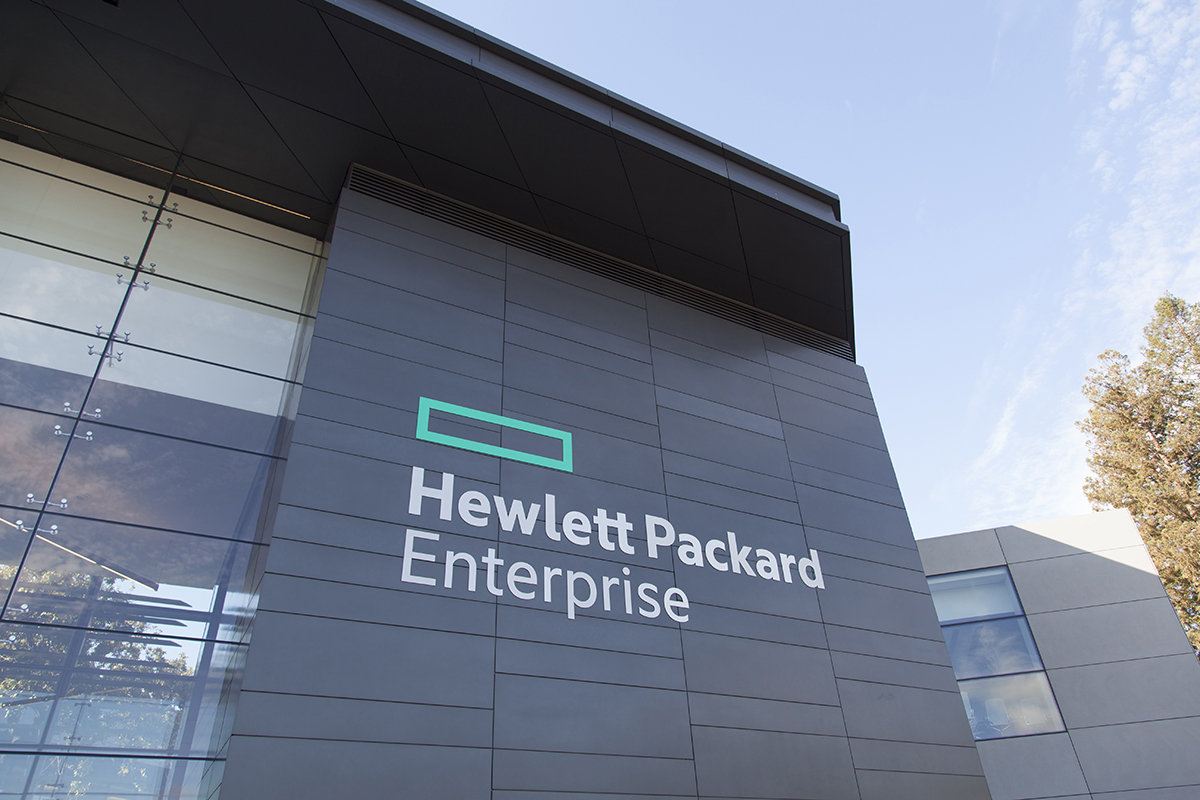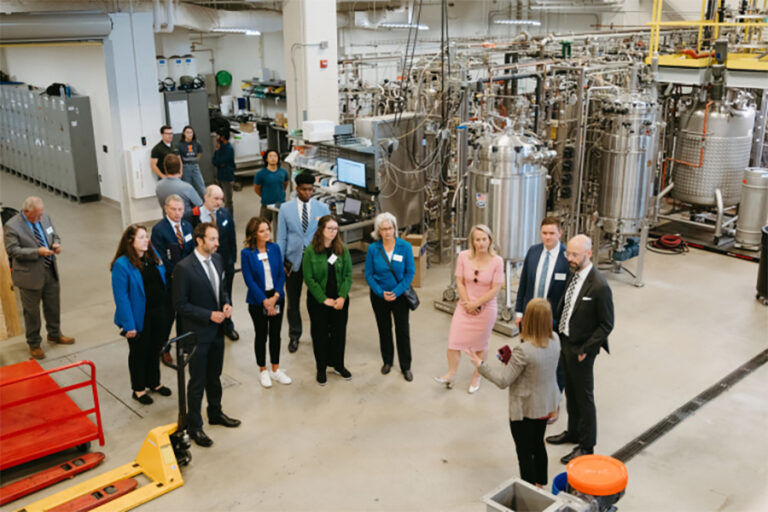It’s massive and rapidly-expanding, in hundreds of formats and virtually worthless without analysis and visualization. The challenge “will come from keeping IT resources connected and coherent as deployment broadens,” notes David Chalmers, chief technologist and vice president, EMEA at Hewlett Packard Enterprise (HPE).

Getting value from big data demands powerful analytics at the edge, the data center, and in the cloud.” David Chalmers, Chief Technologist and Vice President, EMEA at Hewlett Packard Enterprise
Since the 1960s, improvements to IT architecture have been driven by faster processors, but Chalmers points out that you can only go so fast in an old model before it breaks. HPE’s ‘The Machine’ project aims to revolutionize computing by putting data first. Driven by memory, connected by light and with limitless storage, it offers a scalable solution to transform data securely, efficiently, and cost-effectively, into intelligence that customers can act upon.
“At HPE, we see a dramatically larger need for sophisticated infrastructure that enables information to flow for the new world,” Chalmers explains. “Organizations have a critical role to play, putting in place the infrastructure at the heart of these solutions, talking to devices on the edge and the IoT, assimilating data, analyzing it, getting value from it, processing it and protecting it.”
HPE is committed to open-source standards rather than closed, proprietary solutions, because, Chalmers insists, it believes collaboration offers greater benefits to customers. The last company left in the marketplace to sell the entire technology portfolio, HPE is working closely with peers and clients to avoid potential roadblocks to currently unforeseeable demands.
With a projected 30 billion connected devices worldwide by 2030 generating more data than ever, the process by which we gain insight also needs to change. Instead of using data to confirm trends we think are already there, we need to dig deeper to discover “gold dust” where we did not expect to find it. Doing so will require ever more powerful analytics to combine and consolidate data.
HPE’s value proposition is all about seeing beyond big data to the bigger picture. “The value from the pieces you do not expect is where I think we will see a lot of gains in smart cities,” Chalmers says. “You can only do that if you have enough ability to gather and look at all the data, from the center, the cloud and the edge. Our openness of approach, breadth of perspective, and willingness to partner really makes a difference.”
To face the challenges of the future, the leaders and businesses featured in this report are not just imagining what it might look like, but are putting in place smarter solutions today to anticipate the disruption of tomorrow![]()










